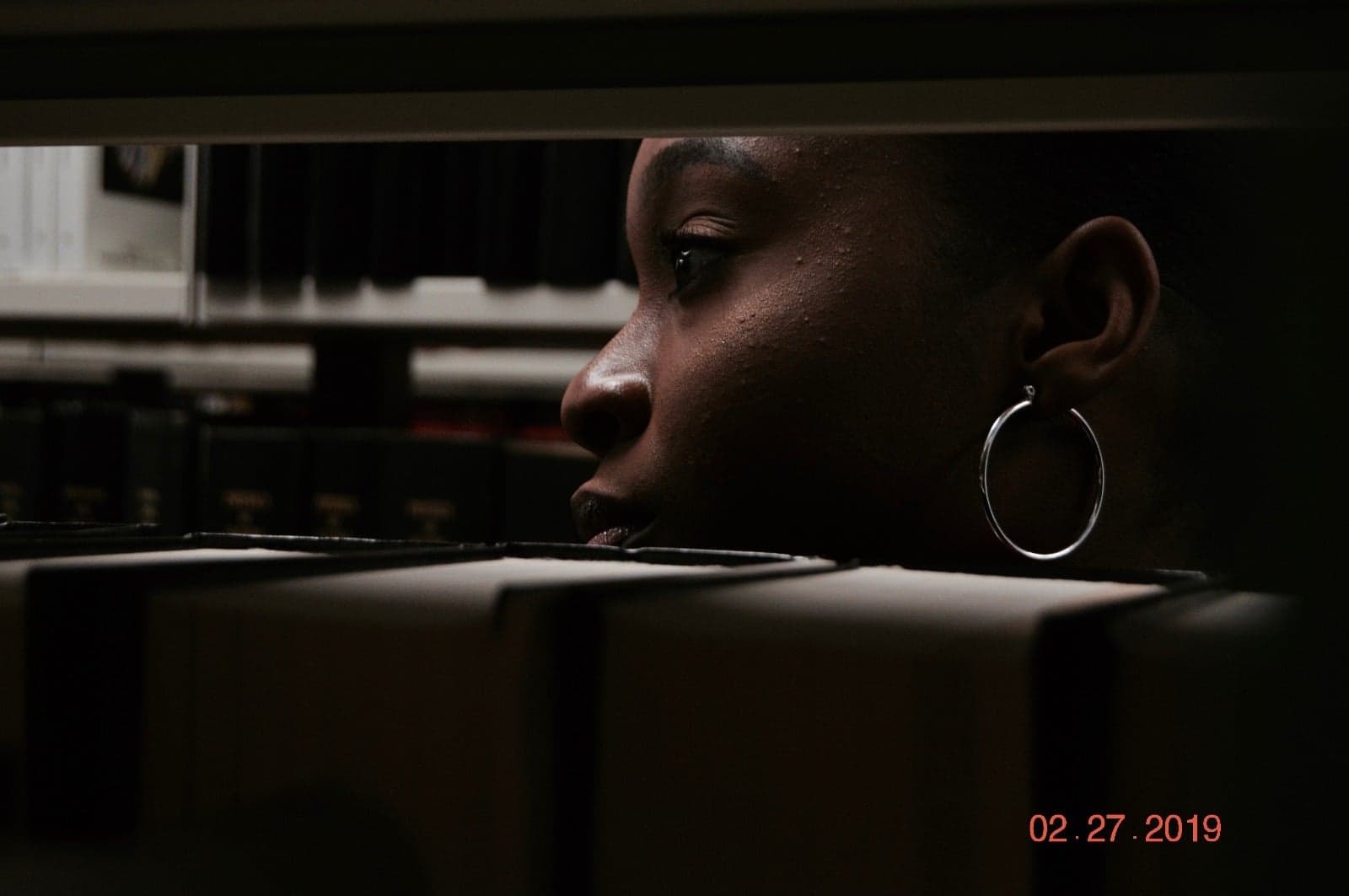I’ve grown up often hearing about the mythic power of our financial system to pull the downtrodden out of poverty and its unwavering dedication to eradicating the economic inequities of the world. I’ve been led to believe (too many) times that recessions are necessary and unhappy interludes in the service of her larger goals.
Unfortunately, these are appearances meticulously held up by bankers. There are contradictions in the system that adversely and disproportionately affect minorities. Specifically, a little known practice that commercial banks engaged in during the build up to the Great Recession: reverse redlining.
Redlining was a financial practice that systematically ‘color-coded’ neighbourhoods based on race, with the justification that minority communities were more likely to default on their mortgages and loans. While this isn’t an ideal illustration of the extent to which banking practices broke down the ability to accumulate capital in minority communities, it leads me to reverse redlining, a practice apropos of this initiative. In the quest to alleviate whatever lethargy bankers felt that the housing market was enduring, capital flowed to color coded neighborhood packaged in toxic loans with high interest rates that made repayment nigh impossible.
Black would be homeowners in Detroit were 70% more likely to receive subprime mortgages from (now defunct) New Century Financial Corporation. Banking titan Wells Fargo had to pay out a $175 million dollar settlement fee to over a thousand residents in Baltimore because they “steered minorities into subprime loans, gave them less favorable rates than white borrowers and foreclosed on hundreds of Baltimore homes, creating blight and higher public safety costs”. It is important to unpack the sheer perfidiousness of banks; American citizens, solely due to the color of the skin, were driven to subprime mortgages.
Generally, black and hispanic communities were offered subprime mortgages at nearly twice the rate of white families. In the aftermath of the great recession, through the rosy vagaries of ‘the expansionary phase of the business cycle’, the ills of reverse redlining still linger. Foreclosure rates for minority families are inordinately higher than those of white families.
Barriers like these for home ownership is one of the key reasons why the racial wealth gap exists. It is one of the best ways to secure intergenerational wealth for minority families. Yet they are systematically deprived of this. Only 3% of mortgage applicants are black households and 25% of black households are denied mortgages.
Our disillusionment of the financial system should lie in the irony of these duplicitous practices. Capital never flows to minority communities when they needed the opportunity to build intergenerational wealth. When it did, it came packaged in toxic loans. This capital was supposed to bridge the lacuna that was the racial wealth gap; to be unificatory. Instead, it systematically dismantled minority communities. Communities that had so long yearned to reach the American Dream. It must always have felt so close.





